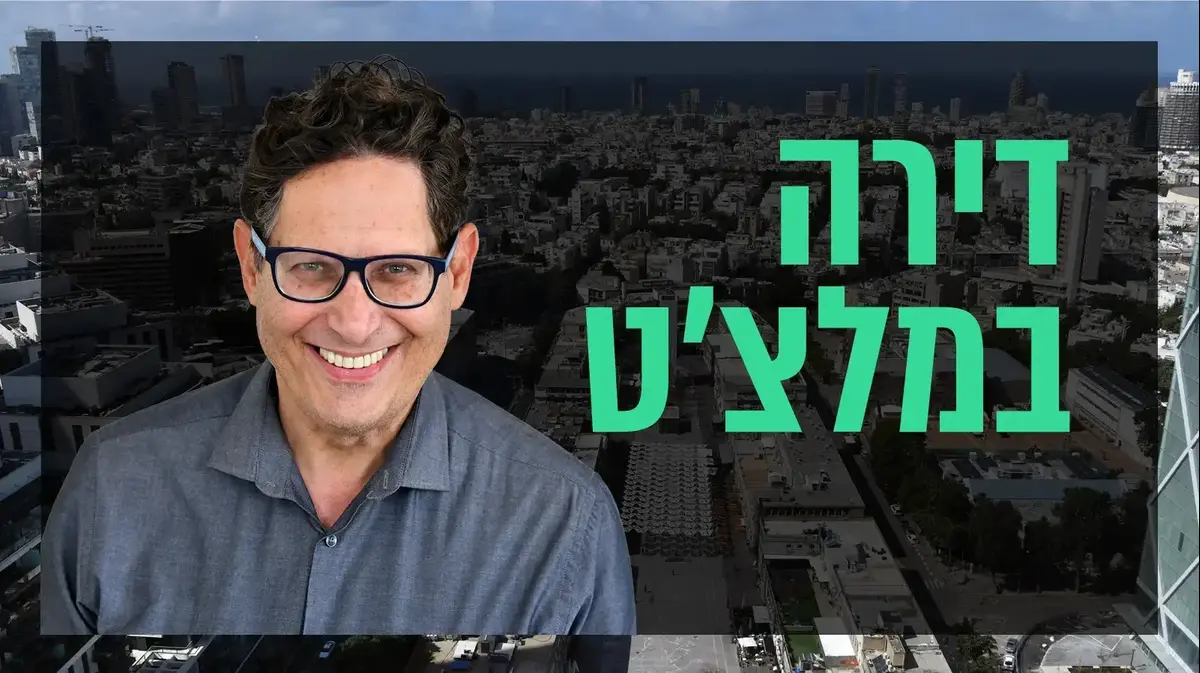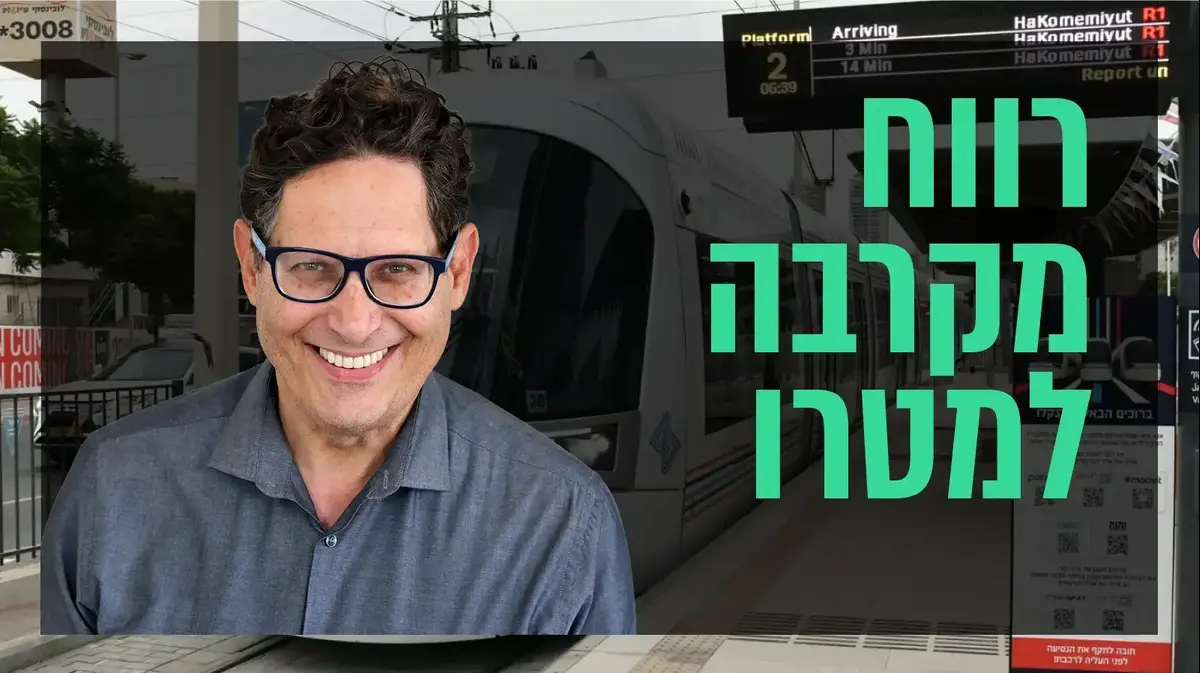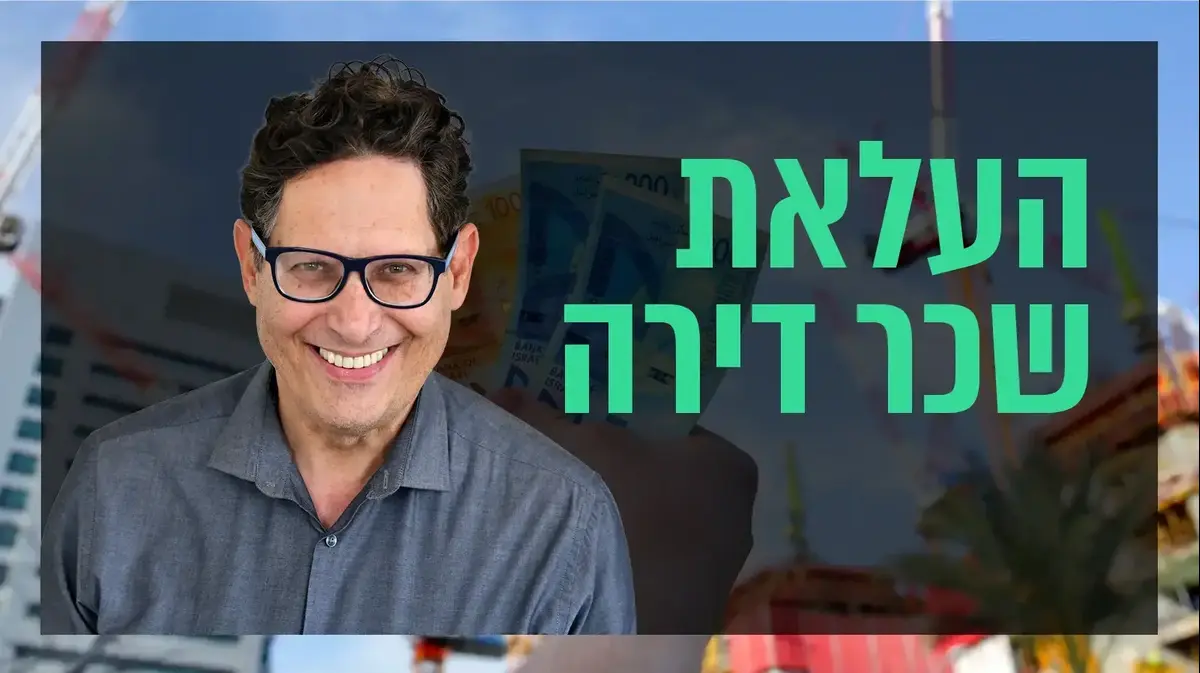Is the heating in the house running and still cold?
There is a good reason for this
The air conditioner is working at peak power, the heaters are scattered throughout the house, and yet it is cold.
Hundreds of thousands of Israelis face this problem, but why in Europe do they face a much more extreme cold?
Perhaps because the most important element is missing in your apartment
Walla!
Real Estate
14/02/2022
Monday, 14 February 2022, 14:53 Updated: 15:12
Share on Facebook
Share on WhatsApp
Share on Twitter
Share on Email
Share on general
Comments
Comments
Winter is in full swing and we are all experiencing extremely low temperatures outside.
Except that when we enter the house - some of us feel like we're still outside, and some of us feel warm and cozy.
In many homes in Israel the temperatures do not change much even if you turn on the most powerful air conditioners and stoves.
"Everything is related to the thermal insulation of the house," explains Tomer Hogan, a construction expert and guide to green construction, "and insulation is sometimes related to the quality of construction."
At a building quality conference held last week at Reichman University, the chairman of the Association of Urban Engineers, Tzachi Katz, said that "the quality of construction in Israel is very low, and that elements such as insulation are neglected in many homes." In addition to the quality of the cabinets in the kitchen, we must also check the issue of insulation in depth, so as not to suffer for many years afterwards a cold or heat.
More on Walla!
A new 3-room apartment for NIS 1.26 million?
It turns out that there is still such an animal
To the full article
There is no reason for you to freeze at home (Photo: ShutterStock)
"To ask the right questions, one must better understand the concept of thermal insulation, with the two most common and familiar materials for all of us being concrete and polystyrene (styrofoam)," says Hogan.
"The parameters by which the quality of the insulation is tested are the thermal conductivity coefficients, which are higher, the lower the insulation, and the thermal resistance coefficients, which are higher, the better the insulation."
According to the fair, the thermal conductivity coefficient of concrete is high - 2.1, while that of polystyrene is 0.03 - much lower.
"Therefore," he says, "assuming we built a wall 20 cm thick, to insulate ourselves from the temperatures outside, the thermal resistance of the concrete wall will be 0.095 - very low, and of the styrofoam 6.66 - very high.
The value of the concrete came out lower than the requirements of the lightest standard for all climate zones in the country, while the styrofoam comes out higher than the most stringent requirement. "
Why not build the whole house with styrofoam? (Photo: Dana Meirzon)
So why not build all the houses in Israel from styrofoam?
"Of course thermal insulation is not enough," says Hogan.
"It is necessary to pay attention to the other components of the shell wall, which include concepts such as specific gravity and stability, acoustic insulation, construction joints and thermal mass, which concrete gives the proper answer. The standard requires a minimum specific gravity per square meter of shell wall, whether built In massive construction of concrete and its products and whether in light construction, of steel, tin or wood construction.
In light construction the thermal and acoustic insulation will be incorporated as a layer inside the wall, in the required thickness, while in massive construction the thermal insulation will be combined by gluing styrofoam boards on top of the exposed concrete, in order to meet the minimum standard.
The walls of the blocks will remain as they are, and their thermal and acoustic insulation will dictate the insulation of the entire shell wall, so the type of blocks should also be taken into account.
Concrete is a very dense material and excellent acoustic insulator, but among the concrete elements in the structure there are the blocks and between them, usually, clay joints that are lacking, due to poor construction quality,
Hogan explains that the right combination of concrete and styrofoam together, combined with high construction quality, will provide a thermally and acoustically insulated shell wall, which will also meet the mass and stability requirements, and that this is the most important element to ensure.
We do not always have the tools to do so, but the very questioning of the questions will give us an initial snapshot, and make them understand that we have even a preliminary idea, and that it will be difficult to "work on us."
"For those who are still unsure, a construction method that will solve all these calculations and keep them quiet is the ICF method (insulated concrete system)," says Hogan.
"The method is very common in Europe and North America, but much less in Israel, despite the extreme weather that prevails here in winter and summer. The ICF method allows you to enjoy the thermal insulation values of about 13 cm styrofoam, and at the same time enjoy about 16 cm of concrete, Excellent acoustic insulation and stability Another advantage of the method is the continuity of the casting and the full wrapping in a uniform layer of styrofoam - which gives the shell good acoustic insulation, and excellent thermal insulation, suitable for all climates. For comparison, an ICF wall 29 cm thick will have a thermal resistance of 4.37, compared to a block of Itung block of the same thickness, which will be only 1.38 ".
Much higher resistance.
ICF (Photo: ShutterStock)
One of the few companies, and the first to bring ICF technology to Israel, is Iconcons.
"Apart from the thermal comfort that the method allows and the significant temperature differences between outside and inside in winter and summer, there is no problem with the cold bridges that are built in the block with concrete pillars, and the insulation is continuous," says Polybid's chief engineer Guy Nanny. In polybide plants in Israel.
"In block construction there are 30 percent cold bridges, and these have a negative effect on the heating of the house, and sometimes even cause mold and moisture in the walls. In the ICF method the concrete is wrapped both externally and internally in foamed polystyrene, which has 98 percent trapped air, which is the best insulation material."
Real Estate
In the country
Tags
Air-Conditioner
Green construction







